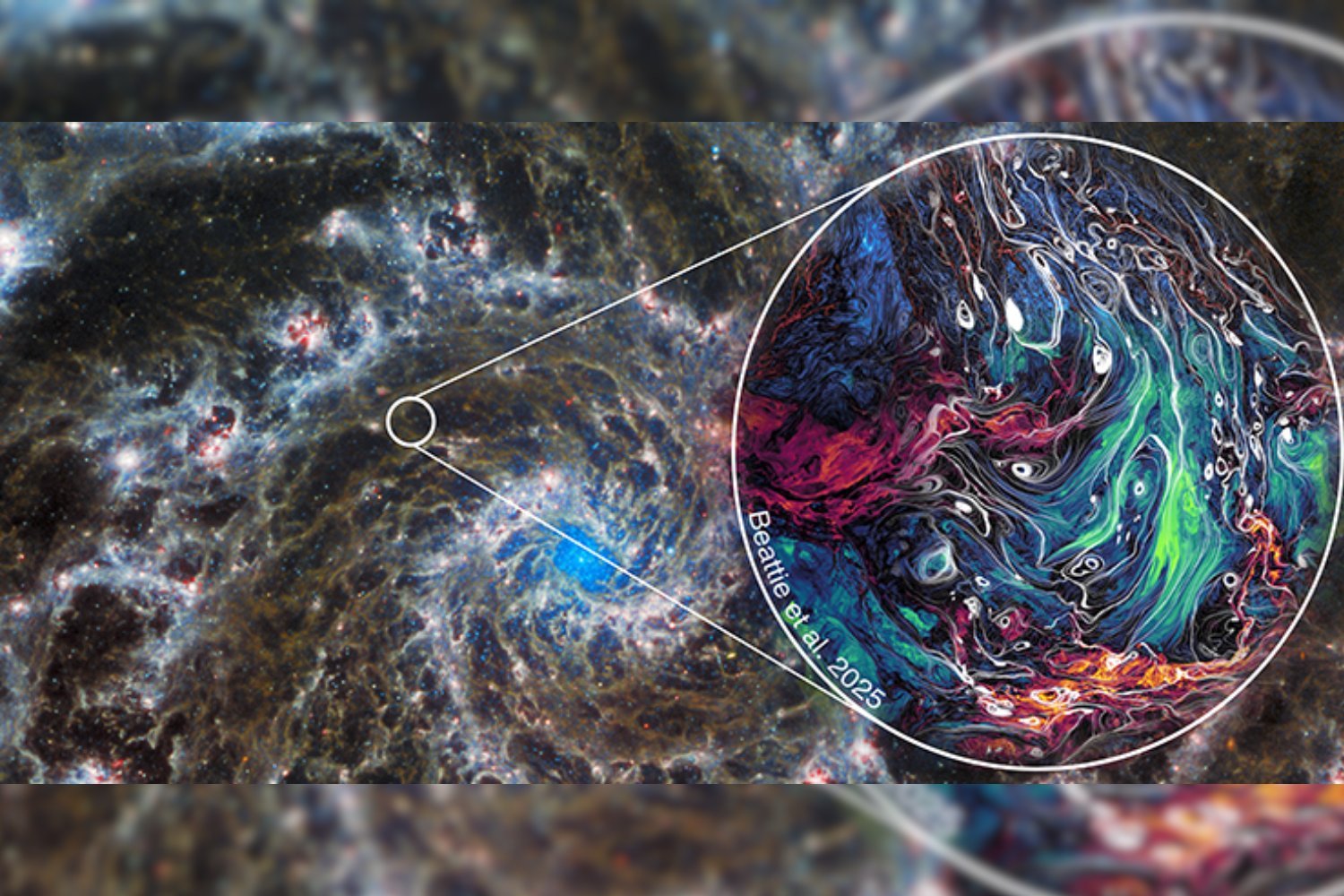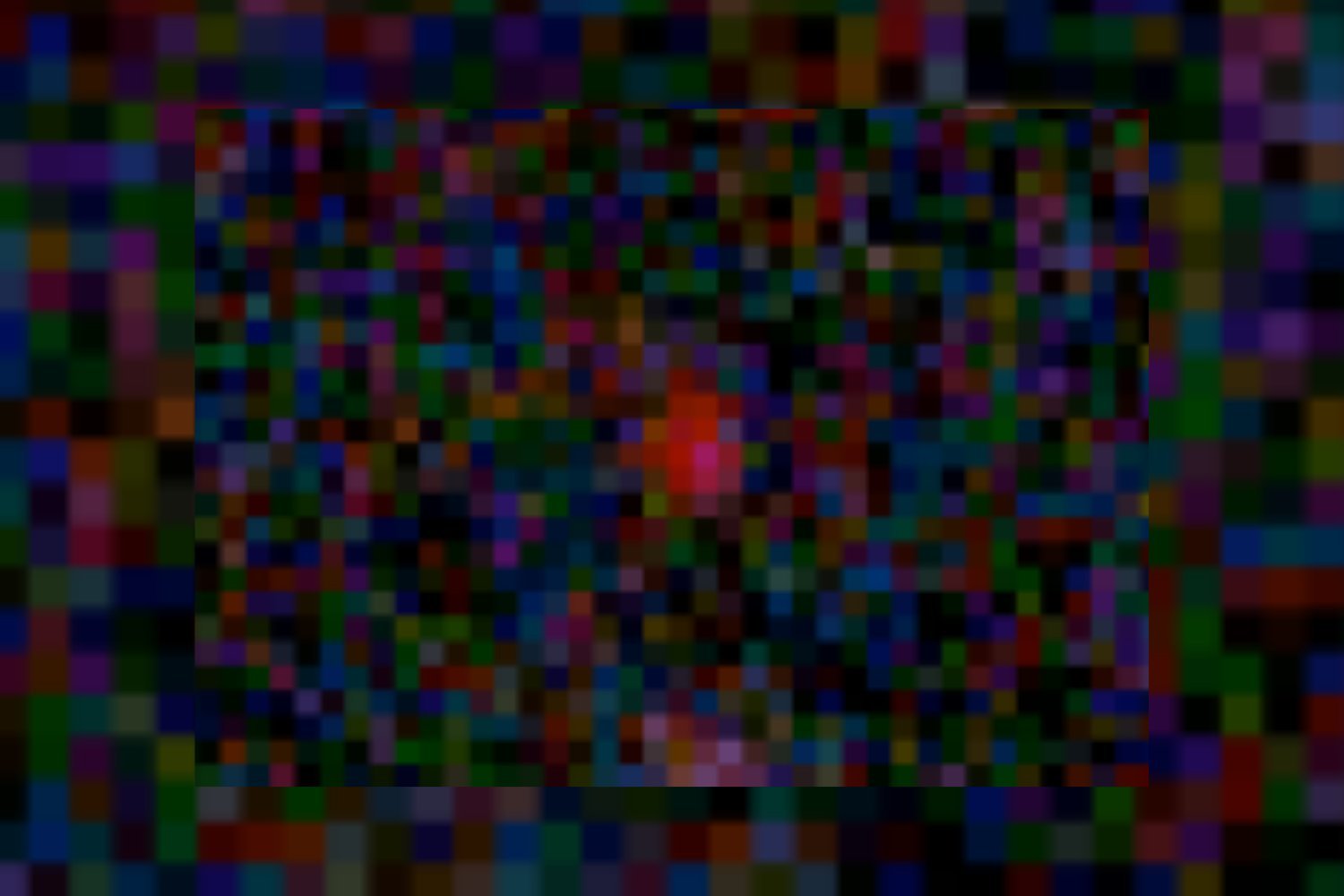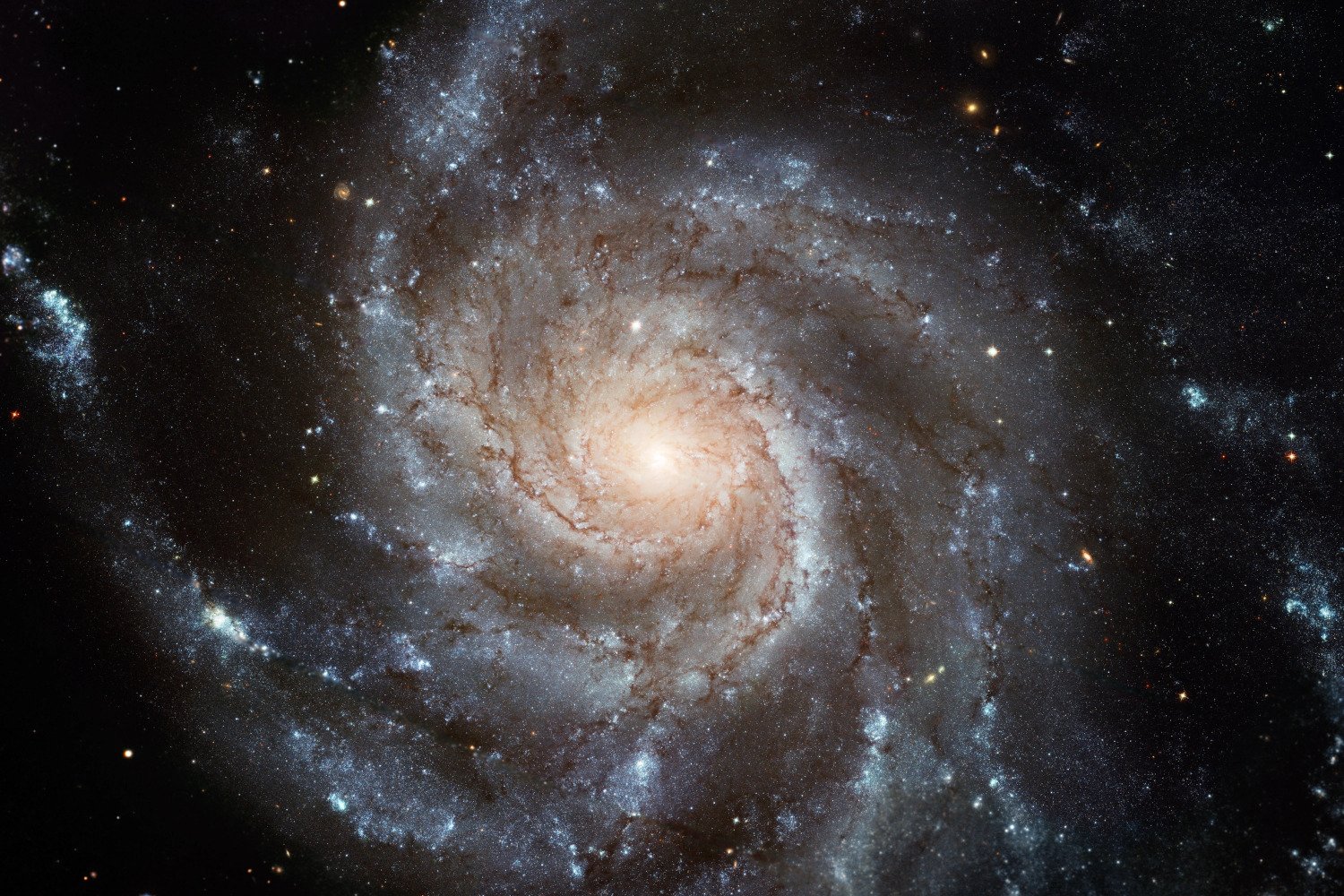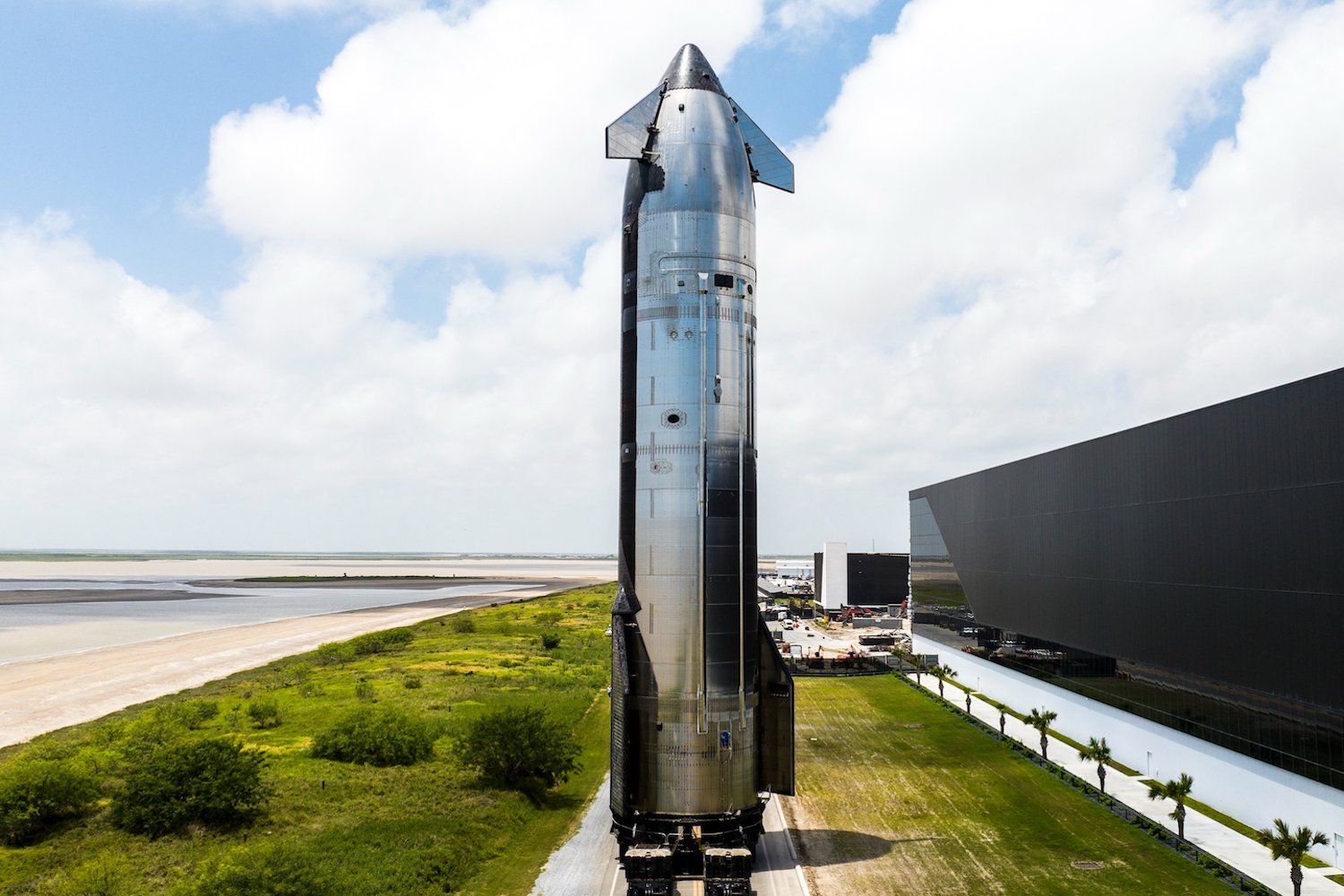The galaxy’s intricate magnetic fields are key to understanding cosmic events. A new galactic magnetic turbulence simulation, detailed in Nature Astronomy, offers an unprecedented high-definition view of these astrophysical environments. This model promises to reshape our comprehension of the universe, from star birth to solar wind behavior.
A New Era in Simulating Galactic Magnetism
Developed by James Beattie from the University of Toronto’s Canadian Institute for Theoretical Astrophysics and Princeton University, alongside international collaborators, this advanced model is detailed in a recent paper in Nature Astronomy. It simulates cosmic environments in remarkable high-definition, spanning vast 30 light-year volumes down to micro-scale pockets 5,000 times smaller. “This is the first time we can study these phenomena at this level of precision and at these different scales,” Beattie highlighted in a university release.
Mapping the Interstellar Medium’s Magnetic Dance
The simulation precisely maps the chaotic dance of particles within the interstellar medium (ISM), capturing its crucial density variations—from the near-emptiness of interstellar space to the dense clouds where stars are born. The Milky Way’s magnetic field, though millions of times weaker than a typical refrigerator magnet, is a pivotal guiding force for ISM matter. This galactic magnetism influences how stars form, how cosmic rays travel, and how solar winds interact with Earth’s magnetosphere.
From Stellar Nurseries to Solar Wind: Broad Scientific Impact
This model offers new quantitative insights into star formation. “We know that magnetic pressure opposes star formation by pushing outward against gravity as it tries to collapse a star-forming nebula,” Beattie stated. “Now we can quantify in detail what to expect from magnetic turbulence on those kinds of scales.” The simulation also helps study the solar wind impacting Earth and causing auroras. Early model comparisons with solar wind data are promising for space weather prediction.
Advancing Cosmic Understanding with Future Data
Next-generation radio telescopes like the Square Kilometre Array will soon gather extensive data on cosmic magnetic field fluctuations. This new information can be fed into the simulation, continuously improving its accuracy in reflecting how magnetism sculpts matter throughout the universe. [internal_links]
Deciphering the universe’s secrets relies on both keen observation and robust theoretical models of cosmic forces. Magnetic fields play a hidden yet crucial role in our Milky Way. This innovative simulation brings us significantly closer to an accurate and detailed portrait of our galaxy’s complex magnetism, paving the way for future discoveries.











